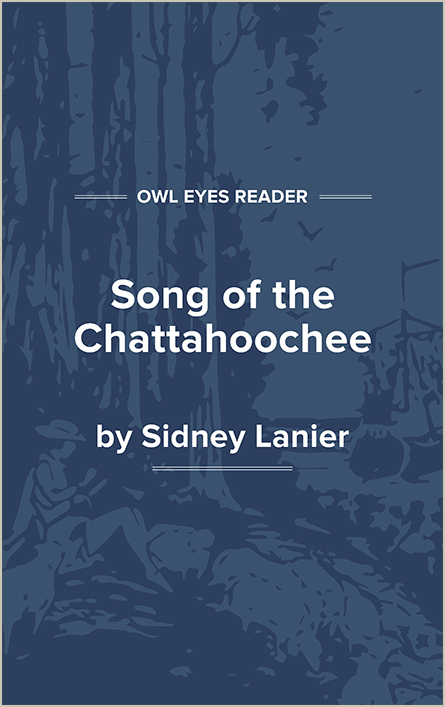Sidney Lanier Biography
Among nineteenth century American poets, Sidney Lanier (luh-NIHR) may be ranked in order behind Walt Whitman, Edgar Allan Poe, and Emily Dickinson. He was a master of the craft of versification. Lanier was taught music in childhood, an education that greatly influenced his growth as a poet. At fourteen, he entered Oglethorpe College and was graduated in 1860. While a student there, he spent a year as a tutor in English. Intending to pursue an academic career, he hoped to proceed to Heidelberg, Germany, but the outbreak of the Civil War precluded such a design. Lanier enlisted as a Confederate private and served four years. His one novel, Tiger-Lilies, a weak but informative antiwar story, he began while in the Confederate signal service. In 1864 he was captured and confined in the federal military prison at Point Lookout, Maryland. He was released after four months, but his health was shattered. The tuberculosis that would eventually kill him was already latent.
Lanier worked as a hotel clerk, as a schoolmaster, and as an assistant in his father’s law office. After his marriage to Mary Day in 1867, he experienced financial hardship; there was little demand for poets or musicians in central Georgia. At the same time his illness grew worse. Looking for a tolerable climate, he went to San Antonio, Texas, in 1872, but the following year he accepted an appointment as first flutist in the Peabody Orchestra in Baltimore. There his work was appreciated, and he had the good fortune to become friends with journalist and novelist Bayard Taylor.
Through Taylor, Lanier had poems published in Lippincott’s Magazine and obtained the...
(The entire page is 410 words.)
Owl Eyes subscribers get unlimited access to our expert annotations, analyses, and study guides on your favorite texts. Master the classics for less than $5/month!

